
- Ayushi Abrol
- June 07, 2024
Top Metaverse Crypto projects
If you’re concerned that you’ve missed the Metaverse bandwagon, don’t worry, as you still have the opportunity. If you’re hoping to enter the Metaverse in 2024, these are ten projects to keep an eye on.
Decentraland (MANA)
Decentraland is now the largest Metaverse cryptocurrency, with a market worth of over 5.6 billion dollars. Decentraland, which is referred to as a virtual cosmos of sorts in social contexts, encompasses the whole Metaverse. MANA has more than quadrupled in the last three months, despite a sharp drop since December.
Decentraland is notable for being the first fully decentralized virtual environment and being the largest Metaverse cryptocurrency. Furthermore, its decentralized autonomous organization (DAO) possesses the so-called key smart contracts that power the Decentraland Metaverse, most notably the LAND contract, which allows users to buy and sell virtual land on the network.
Decentraland users may easily monetize their LAND by enabling advertising, interactive games, and other features. As previously stated, Decentraland’s native token, MANA, is the Metaverse’s money and can be used to buy LAND, as well as wearables, avatars, names, and a variety of other products in the Decentraland marketplace.
The Sandbox (SAND)
Sandbox is the second most popular Metaverse cryptocurrency. However, it has been a considerably larger winner than Decentraland in recent months, with its native SAND coin skyrocketing close to 1,670 percent.
The Sandbox, like Decentralnd, is a virtual environment with a DAO architecture. Not only that but The Sandbox is said to be constructed on the Ethereum Blockchain, similar to Decentralnd. By simply acquiring virtual land and other assets, this Blockchain is supposed to facilitate smart contracts.
The Sandbox’s original currency is the SAND virtual token, and it is shifting to Polygon’s layer 2 solutions, which are noted for its cheaper transaction costs and better processing times.
Simply put, the Sandbox is a virtual environment where people from all over the world can easily develop, own, and monetize their gaming experiences using the SAND Token on the Ethereum Blockchain. Players can generate virtual assets in the form of non-fungible tokens (NFTs), upload them to the marketplace, and use them in games using renowned creators, as previously indicated.
Somnium Space (SOM)
Somnium Space is a unique virtual reality (VR) platform built on the Ethereum Blockchain, providing users with an immersive and open-source environment. Within this virtual world, users can acquire digital land, homes, buildings, and various in-game assets. What sets Somnium Space apart is its commitment to user creativity and monetization, allowing participants to not only explore the creations of others but also to build, script, and profit from their own virtual experiences.
In contrast to conventional multiplayer VR games that segregate users into different servers and mirrored instances, Somnium Space unites all players within a single expansive world. This approach enables users to create fully programmable and customizable environments, essentially crafting independent VR experiences. Furthermore, Somnium Space embraces the interoperability of non-fungible tokens (NFTs) and assets, making them compatible with other VR Metaverses and Blockchain platforms.
The platform’s comprehensive toolkit comprises an SDK for avatar and property creation, virtual reality experiences, a builder module for crafting environments and structures, and an NFT marketplace for trading land and NFT-based assets. The integration of NFT technology is a pivotal feature, allowing players to bring NFTs from various decentralized sources into the Somnium Space universe, expanding the possibilities for creative expression and value exchange.
Somnium Space’s tokenomics represent a paradigm shift in the distribution of value within virtual worlds. In traditional gaming platforms, value tends to gravitate towards game developers, as players purchase in-game items or upgrades that remain confined to the game’s ecosystem. However, Somnium Space, as a Blockchain-based platform, flips this dynamic. Players can tokenize their in-game assets, such as land parcels, avatars, collectibles, and wearables, decoupling the platform from the value generated by players. This empowers players to access the value they create within the Metaverse across the broader crypto and token economy.
Having its origins in 2017, Somnium Space stands as one of the largest virtual Blockchain worlds, offering users the ability to create customizable environments and program independent VR experiences within its interconnected world. The platform’s founders have identified four key offerings, including the SDK, NFT marketplace, module for building environments, and virtual reality experiences. These elements are designed to empower creators and ensure they are rewarded for their contributions to the platform.
Artur Sychov, the founder and CEO of Somnium Space, is a strong advocate for an immersive 3D experience, emphasizing the transformative potential of virtual reality headsets. He envisions a future where billions of people participate in the globally decentralized financial system, trading virtual assets while experiencing a unique virtual reality. Sychov is also cognizant of the fact that the Metaverse is still in its infancy, with a great deal of excitement and speculation, and acknowledges that not all investments in this space may yield positive results, akin to the dotcom era.
Axie Infinity (AXS)
There’s no way you haven’t heard about Axie Infinity unless you’ve been living under a rock. This Blockchain-based game has captivated the globe with its endearing animal-like characters and the chances it provides to its players, who have found themselves earning large sums of money while doing something they enjoy: gaming. So many people have turned Axie into a full-time career.
Axie’s native coins AXS and SLP are at the heart of this Ethereum Blockchain Metaverse concept. Inside the game, each serves a particular role. Axie Infinity Shards, or AXS, is the governance token. AXS holders can vote on the game’s future development plans, such as updates and how the treasury balance is used.
AXS has consistently been ranked among the top Metaverse cryptocurrencies, and in 2021 alone, its value went up by some 200% when compared to the previous year. As for the SLP tokens, also known as Smooth Love Potion, these can be earned as rewards through battle or adventure mode.
More importantly, SLP tokens can be used to breed Axies. As the popularity of the game exploded, these creatures became increasingly more valuable – and that is a trend we will still see in 2024. And, since players can easily take the in-game currency and cash it out in the real world, that’s a model that is unlikely to go anywhere anytime soon. As a result, Axie Infinity is and will continue to be one of the most important Metaverses to follow this year.
Gala (GALA)
Gala is a Blockchain gaming platform that combines the benefits of non-fungible tokens with the excitement of gaming to create a platform where users can freely swap in-game products. In addition, Gala features a number of Blockchain-based social games centered on building relationships and connecting people.
Spider Tank, Town Star, Mirandus, Fortified, and Echoes of Empire are some of the games that are currently accessible. The degree of control and ownership granted to players is one of the Blockchain project’s strong qualities. This is mostly accomplished through GALA, the game’s native digital token, which is utilized throughout the platform for network governance, prizes, and node operator incentives, among other things.
Gala is also used to buy digital items, such as NFTs, via the game’s shop and player marketplace. Gala users may design and modify their avatars, much like in other Blockchain-based games.
Enjin Coin (ENJ)
Enjin Coin (ENJ) is a digital cryptocurrency operating on the Ethereum Blockchain. It was created to facilitate the development and management of digital assets within the Enjin ecosystem. ENJ is an ERC-20 token, ensuring compatibility with various Ethereum-based applications and services.
ENJ’s primary purpose is to give tangible value to digital assets generated on the Enjin platform. When users create digital assets, they lock up ENJ tokens, effectively reducing the circulating supply and making ENJ a deflationary currency. All information about these digital assets, including ownership and transaction history, is recorded on the Blockchain, ensuring transparency and security.
This cryptocurrency is pivotal in the Enjin ecosystem for several reasons. First, it guarantees compatibility, ensuring that all NFTs created on the Enjin platform work seamlessly with different services and applications. Second, ENJ provides proof of legal origin for digital assets, establishing their authenticity. Moreover, its deflationary nature ensures that assets created on the platform have a guaranteed market value and growth potential, instilling confidence in users.
ENJ also offers flexibility to users. They can “melt” their NFTs at any time, allowing adjustments in supply and demand. Beyond transactions, ENJ contributes significantly to the overall security of the Enjin ecosystem, safeguarding users’ digital assets from potential threats.
In the context of the expanding Metaverse and NFT landscape, Enjin Coin’s unique features make it a vital component. Its role extends beyond being a medium of exchange; it underpins the legitimacy, security, and value of digital assets within this evolving digital realm. As the Metaverse concept gains prominence, ENJ’s importance in ensuring secure, transparent, and interoperable digital transactions becomes increasingly evident.
Aside from that, Enjin’s platform offers another feature: a marketplace. This feature lets game players and developers exchange the things they’ve created on a marketplace without having to pay any fees to an intermediary.
To be precise, Enjin is a platform or service that allows game creators to issue fungible and non-fungible assets as Ethereum tokens in-game easily.
Metahero (HERO)
Metahero is a brand-new Metaverse item that revolves around the creation of 3D avatars of real-world people and objects using 3D scanning. The startup claims to have installed a scanning chamber in Doha that scans items and creates a virtual, 3D version for the Metahero universe.
As if this was not entertaining enough, avatars may be customized with a variety of talents and abilities from classes such as Enchanter, Elementalist, Close Combat Specialist, Spellcaster, Mentalist, Range Combat Specialist, and Assassin. Apart from this, players may level up their Recruits and trade or sell the NFT that fuels their accounts. Finally, if you’re curious about how it all works, one-of-a-kind Meta scanners are utilized to not only scan but also print and produce new in-game avatars.
They’ve also teamed up with Wolf Studios and the cryptocurrency HERO. Although it is not excessive, it is reasonable given the fact that Metahero is a new concept.
Star Atlas (ATLAS)
Star Atlas is a Metaverse project that revolves on a game set in the future, namely the year 2620, in which players can conquer land and acquire resources in a futuristic setting.
ATLAS and POLIS are Star Atlas’ two Solana-Blockchain-based coins. The first, ATLAS, functions similarly to a standard in-game currency, allowing players to do tasks like fighting in battles and exploring new realms and accessing the marketplace. This is especially significant since, except for a few things, all assets in the game are NFTs. On the other hand, POLIS allows users to participate in “political intrigue,” as the makers describe it. Also, players are in control of deciding game decisions – and may even outvote the developers.
Consider it a typical reward-based game in which you earn coins as you play and complete tasks. However, the benefits in this scenario have the potential to be profitable. Furthermore, the game is built on the Solana Blockchain, which provides it a major edge over Ethereum-based ventures in terms of transaction fees. I
Bloktopia
Bloktopia’s skyscraper-themed Metaverse project aspires to create a one-of-a-kind platform where users may study, meet new people, conduct business, and experiment with a variety of activities over a 21-storey structure. Because the construction will be incomplete at the start, this Metaverse will rely largely on each user’s input and ingenuity. While much hasn’t been revealed about this future initiative, which is set to premiere in the coming months, there have already been some intriguing glimpses, such as a World Wrestling Entertainment (WWE) room.
Bloktopia also aims to develop new ways for creating content and revenue for those who desire to live in the Metaverse. When it debuts, players will get levels 1-6 to explore.
Bloktopia offers various types of land parcels for purchase, categorized as Reblok and Adblok. Reblok represents real estate within the Metaverse, allowing landowners to build, trade, or lease their properties for passive income opportunities. Moreover, Reblok NFT holders wield influence within the decentralized autonomous organization (DAO) governing the Bloktopia ecosystem.
Adblok, on the other hand, is the advertising space within Bloktopia. It serves as a platform for advertisements, with a share of the ad revenue flowing back to Bloktopia token holders. The native token used within the Bloktopia ecosystem is BLOK, and it’s available on both centralized and decentralized exchanges like OKX and QuickSwap. BLOK plays a dual role in governance and transactions, including real estate upgrades and item purchases.
The Bloktopia platform operates on the Polygon Blockchain for its NFTs, while the native BLOK token is also accessible on Ethereum, Polygon, Arbitrum, and other platforms. Furthermore, Bloktopia has forged partnerships with various brands and companies, including Web3 and crypto entities such as Kucoin, Elrond, Enjin, Binance NFT, Solana, Animoca Brands, and Polygon, as well as media and influencers like Cointelegraph, Jake Paul, Bitboy Crypto, and Coinmarketcap.
Although Bloktopia isn’t yet open to the public, it aims to become a freely accessible virtual environment for learning more about Web3 and crypto once it does. Users can expect a range of activities, including playing games, socializing, and educating themselves. Bloktopia plans to provide users with simple building tools to create scenes, artworks, challenges, and more. For more experienced content creators, an SDK will be available to enable the development of social games and applications within the Bloktopia Metaverse.
High Street (HIGH)
Highstreet is an intriguing idea with a lot of promise, at least in terms of Metaverse usage. You may simply shop for products inside the virtual universe using its native utility token, HIGH, much like many others. Some Shopify sites are already connected to the game platform.
Its hybrid approach of virtual experience is what truly distinguishes it from the competition. It’s essentially a half-virtual, half-physical model, which adds to the intrigue. Not only that, but NFTs are critical to the platform’s success, and many companies can simply be onboarded so that their goods may be utilized as NFTs.
The project is reported to be funded by HTC, and it raised around $5 million in August 2021. High Street, known by its ticker HIGH, is a distinctive project in the cryptocurrency space, particularly because it merges the virtual gaming experience with e-commerce, functioning within an open-world Metaverse. It’s one of the ventures that came out of the Binance Launchpool, which is a platform that hosts new tokens and provides users with a way to earn rewards by staking Binance’s own cryptocurrency. High Street allows users to engage in an immersive environment where they can play games, complete quests, attend social events, and more to earn tokens and improve their rank within the system.
High Street is not just a game; it’s a play-to-earn platform that integrates elements of shopping and gaming, incorporating both non-fungible tokens (NFTs) and brands from both the traditional and crypto sectors into a massively multiplayer online role-playing game (MMORPG). The idea behind this Metaverse is to bring back the social interaction that’s often lost in today’s e-commerce world. By enabling players to shop, trade, and craft within the game, High Street is redefining the shopping experience in the era of Web3 and the Metaverse.
This Metaverse is an evolution of LumiereVR, a company that originally started focusing on virtual reality (VR) retail experiences using computer vision technology. High Street’s aim is to construct a commerce-centered virtual world that includes familiar household names and brands, giving players the opportunity to forge digital identities through shopping, trading, using, and crafting NFTs within the game’s environment3.
The High Street token operates on the Ethereum Blockchain and had an initial supply of 100 million tokens, with just over half of that amount currently in circulation. This cryptocurrency was launched in 2021 and has been actively traded across various markets. It exemplifies the growing trend of blending decentralized finance (DeFi) aspects with gaming and social experiences, a concept that’s becoming increasingly popular in the Blockchain industry.
Investing in Metaverse Projects: Opportunities and Risks
The Metaverse is evolving rapidly, offering vast investment opportunities and a future where digital and physical realities merge. As we look towards 2024, several Blockchain and crypto projects within the Metaverse are drawing attention for their innovative approaches and potential for substantial growth. However, investing in these projects comes with its own set of challenges and risks. Understanding these can help investors navigate the space more effectively.
Opportunities in Metaverse Investments
- Diverse Sectors: The Metaverse spans various sectors, including entertainment, education, gaming, and retail. This diversity allows for a wide range of investment opportunities, from virtual real estate to digital assets and Blockchain gaming platforms.
- Innovative Projects: Notable projects like Decentraland, The Sandbox, and Axie Infinity are at the forefront of the Metaverse revolution, offering unique experiences through virtual land, NFTs, and play-to-earn gaming models. Other emerging platforms like Bloktopia provide immersive experiences combining Blockchain technology, virtual reality, and augmented reality.
- Partnerships and Collaborations: The Sandbox, for example, has partnered with mainstream brands, artists, and companies, showcasing the potential for widespread adoption and integration of the Metaverse into popular culture.
Risks and Mitigation Strategies
- Market Volatility: The Blockchain and crypto market is known for its volatility. Prices of tokens and digital assets can fluctuate widely in short periods. Diversifying investments and staying informed about market trends can help mitigate these risks.
- Technological Complexity: The complexity of Blockchain technology and the nascent nature of the Metaverse can pose challenges. Investing time in research and possibly seeking advice from experts in the field can provide a clearer understanding.
- Regulatory Uncertainty: The regulatory landscape for cryptocurrencies and virtual assets is still evolving. Changes in regulations can impact the viability of projects. Keeping abreast of regulatory developments in different jurisdictions is crucial.
Tips for Diversified Investing
- Research and Due Diligence: Before investing, thoroughly research the projects, their roadmaps, team expertise, and community support. Understanding the technology behind each project and its potential impact on the Metaverse ecosystem is essential.
- Start Small and Diversify: Given the risks involved, starting with small investments and gradually increasing exposure can be a prudent approach. Diversifying across different projects and sectors within the Metaverse can spread risk.
- Stay Informed: The Metaverse and Blockchain space is rapidly evolving. Staying informed about the latest developments, technological advancements, and market trends can help investors make better decisions.
Investing in Metaverse Blockchain and crypto projects presents a unique blend of opportunities and risks. With careful research, risk management, and a strategic approach, investors can explore this burgeoning space while mitigating potential downsides.
The Future of the Metaverse and Blockchain
As we look towards 2024 and beyond, the Metaverse and Blockchain technology continue to evolve, presenting both opportunities and challenges for widespread adoption. Here, we delve into emerging trends, potential hurdles, and expert insights into the future of these digital frontiers.
Emerging Trends Beyond 2024
- Diverse Virtual Economies: The Metaverse is set to expand significantly, with projections suggesting the market could reach $800 billion by 2024. NFTs (non-fungible tokens) are playing a crucial role in creating transparent, accountable ecosystems for creators across digital art, gaming, and virtual real estate. DAOs (decentralized autonomous organizations) are also emerging as democratic governance models within the digital space, pointing to a future where digital assets and virtual experiences are increasingly monetized and democratized.
- Integration of AI and Machine Learning: AI technologies are enhancing the Metaverse’s user experience, offering more natural interactions and personalized virtual environments. From AI-driven virtual assistants to realistic NPC interactions, these advancements are making virtual spaces more engaging and dynamic.
- Brand Engagement Through Gamification: The integration of gaming elements in brand marketing strategies within the Metaverse is gaining momentum. This approach is expected to drive higher customer engagement and acquisition rates, with brands creating unique, immersive experiences in virtual spaces.
- Impact on Urban Planning and Architecture: The Metaverse is influencing urban development, allowing for virtual simulations of environments for better planning and design. This trend highlights the potential of digital twins in city planning, data-driven decision-making, and global collaboration in designing future cities.
Potential Challenges and Solutions
- Computational and Content Barriers: The high computational costs and the need for compelling content are significant hurdles to the Metaverse’s adoption. However, declining GPU prices, improvements in streaming technology, and advancements in developer tools, including generative AI, are expected to mitigate these issues over time.
- Blockchain for Financial Services: Beyond cryptocurrencies, Blockchain is finding applications in traditional financial services for asset tracking and real-time settlement, with the market in this sector growing significantly. This expansion indicates Blockchain’s broader utility in modernizing financial infrastructures.
- Fraud and Regulation: The Blockchain and crypto sectors have faced challenges with fraud and regulatory scrutiny. However, enterprises are exploring Blockchain for various uses, including compliance and transparency in supply chains. Despite setbacks in the crypto market, the innovation within Blockchain applications continues to present new opportunities for business and governance.
Expert Opinions and Future Predictions
Experts believe the future of assets is digital, with Blockchain playing a key role in asset modernization and transparency. The ongoing development and experimentation in both the Metaverse and Blockchain domains suggest a cautious yet optimistic outlook for these technologies. As legal frameworks evolve and technological barriers are addressed, the potential for these digital spaces to redefine commerce, entertainment, and social interaction is immense.
Conclusion
The crypto world and the Metaverse are growing at a dramatic rate. So much so that predicting the future of digital worlds and which cryptocurrencies will remain at the top of the greatest Metaverse projects is difficult. However, this can be thought of as just another fascinating part of the current technological revolution. Despite the fact that there are many unknowns in the mix, we hope this list served as a good beginning point for your exploration of the Metaverse.
If you are planning to invest in any of the Metaverse crypto projects, you can look out for some professional guidance. However, if you want to dive deep into the crypto and Metaverse realm, then Blockchain Council is at your service. Blockchain Council’s extensive courses include Metaverse course and many others. You need to simply enroll in any of the offered courses as per your requirement.
If you want to keep up with the trends of the Blockchain industry, join our communities on Discord, Reddit and Telegram.
FAQ’s
What is the best Metaverse project?
- The best Metaverse projects in 2024 include Decentraland, The Sandbox, Somnium Space, Axie Infinity, Gala, Enjin Coin, Metahero, Star Atlas, Bloktopia, and High Street.
What is trending in the Metaverse?
- The Metaverse is becoming increasingly significant, especially in entertainment, education, gaming, and retail.
- Major tech companies like Meta, Google, Microsoft, and Tencent are heavily investing in Metaverse projects.
- Virtual marketplaces within the Metaverse are thriving, making Metaverse crypto more popular among users and investors.
What is Metaverse?
- The Metaverse is a virtual world where users interact through custom avatars.
- It encompasses various virtual places, allowing users to meet, interact, and play games in 3D spaces.
- There are multiple versions of the Metaverse being developed by different companies, all with the goal of bridging the digital and physical worlds.
What is the Metaverse used for?
- Cryptocurrencies in the Metaverse serve as a form of money for virtual transactions, including buying virtual assets like land and wearables.
- It’s used for gaming, social interactions, education, entertainment, and even as a platform for creative expression through NFTs.
- The Metaverse is a space where users can explore, create, and engage in various virtual experiences, blurring the lines between the digital and physical worlds.



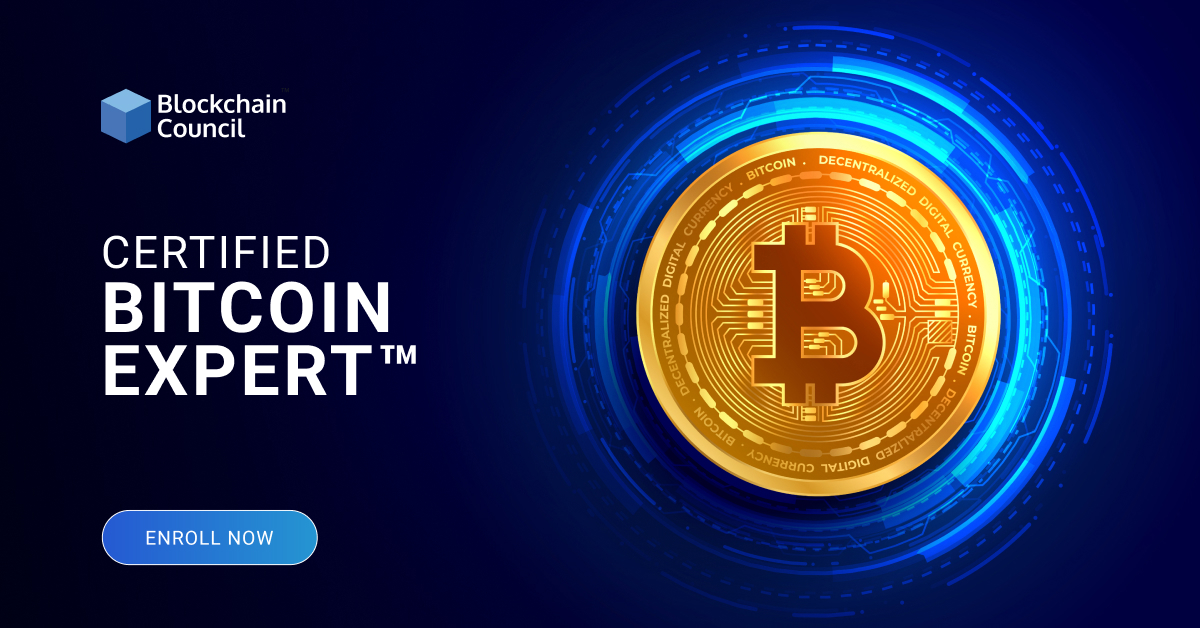


























































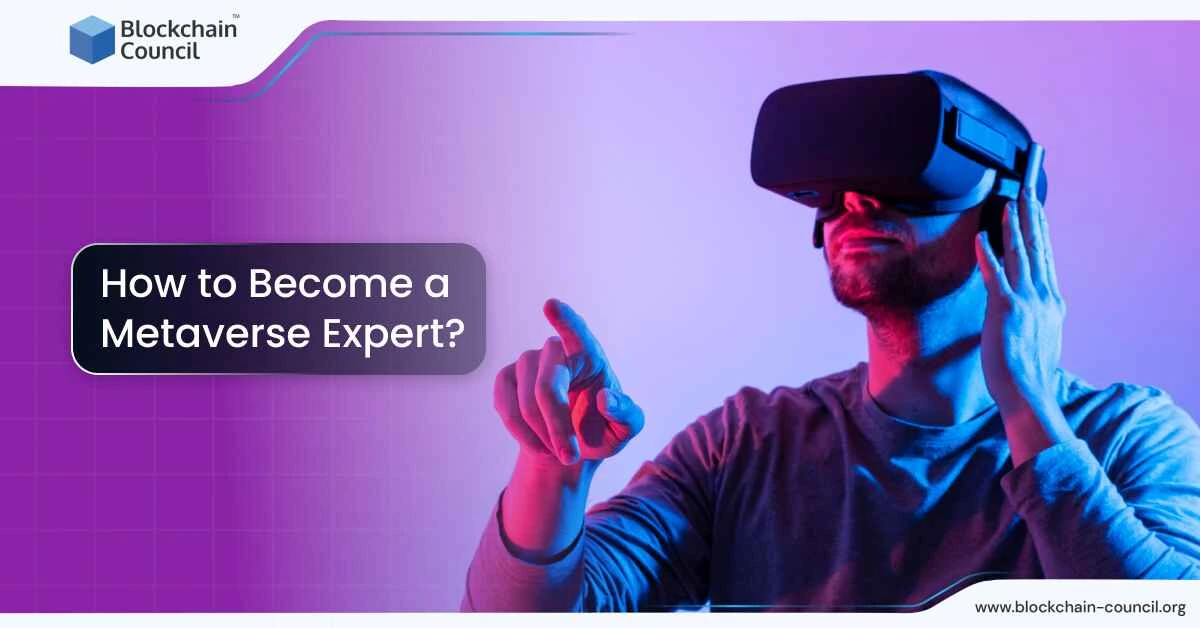
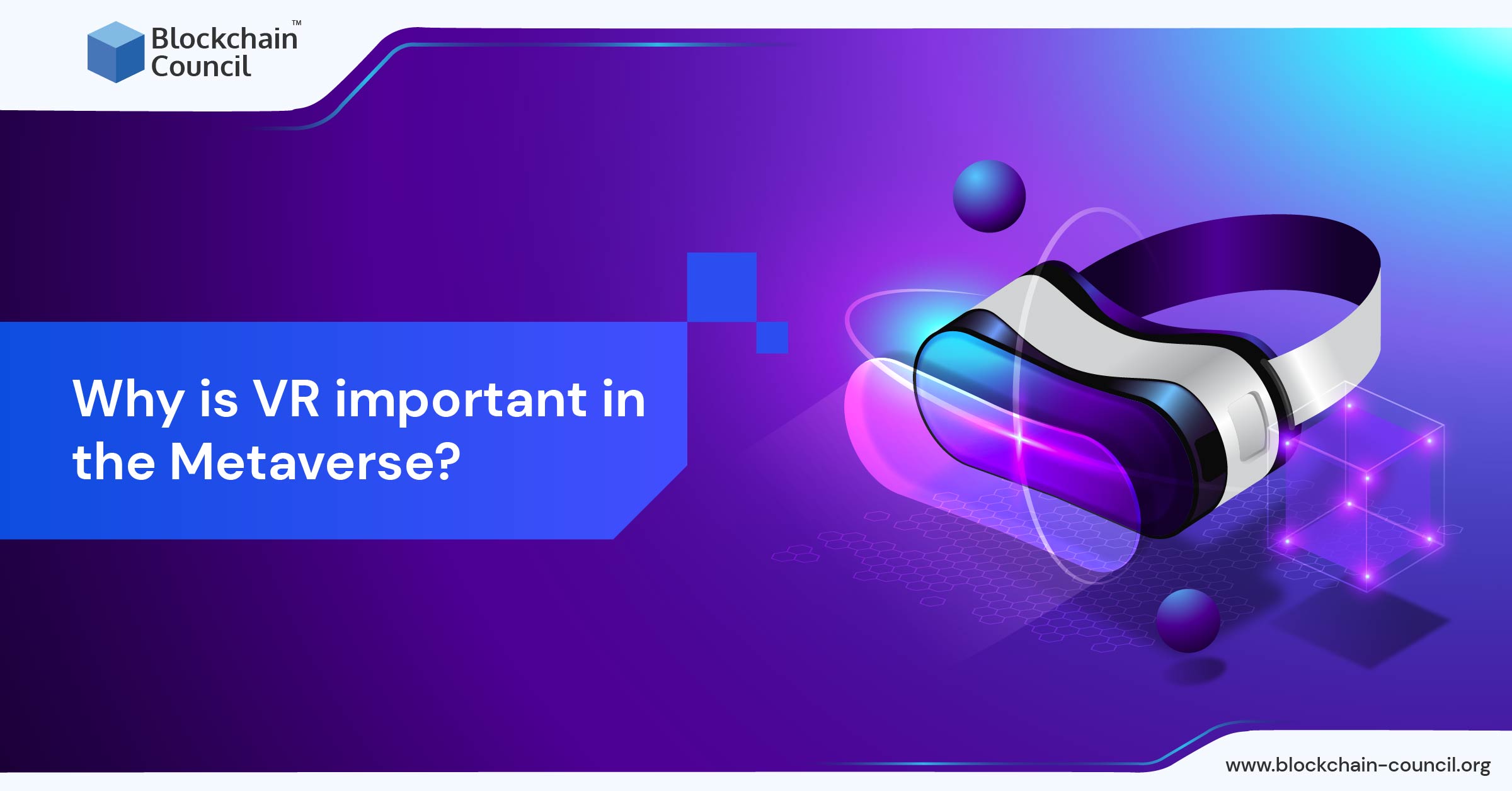
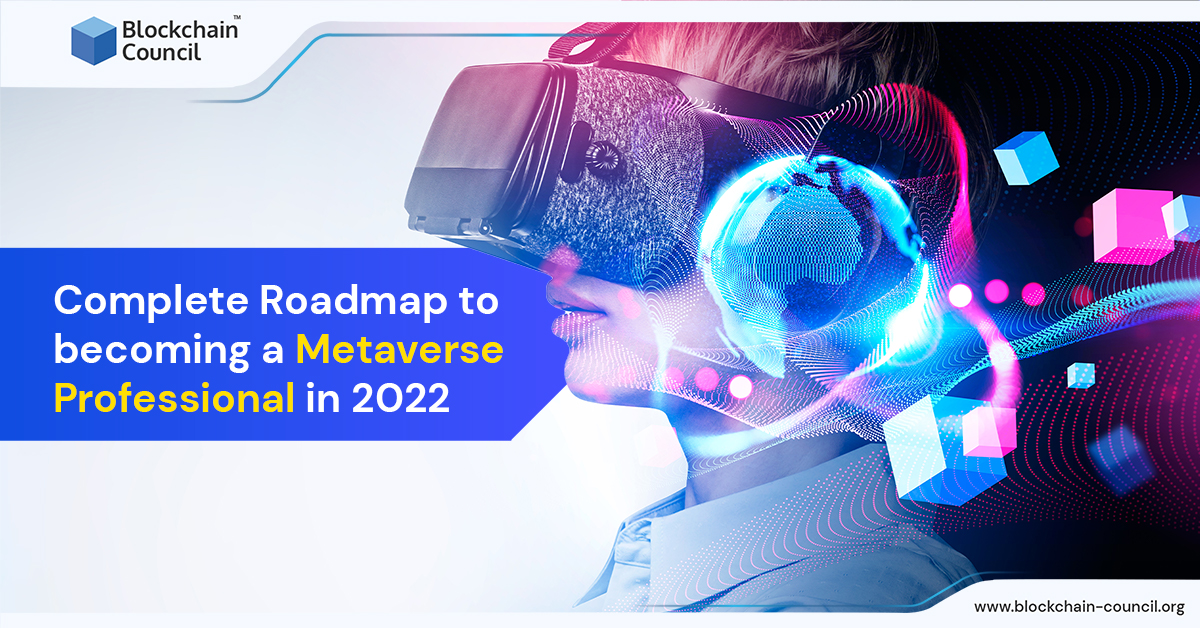
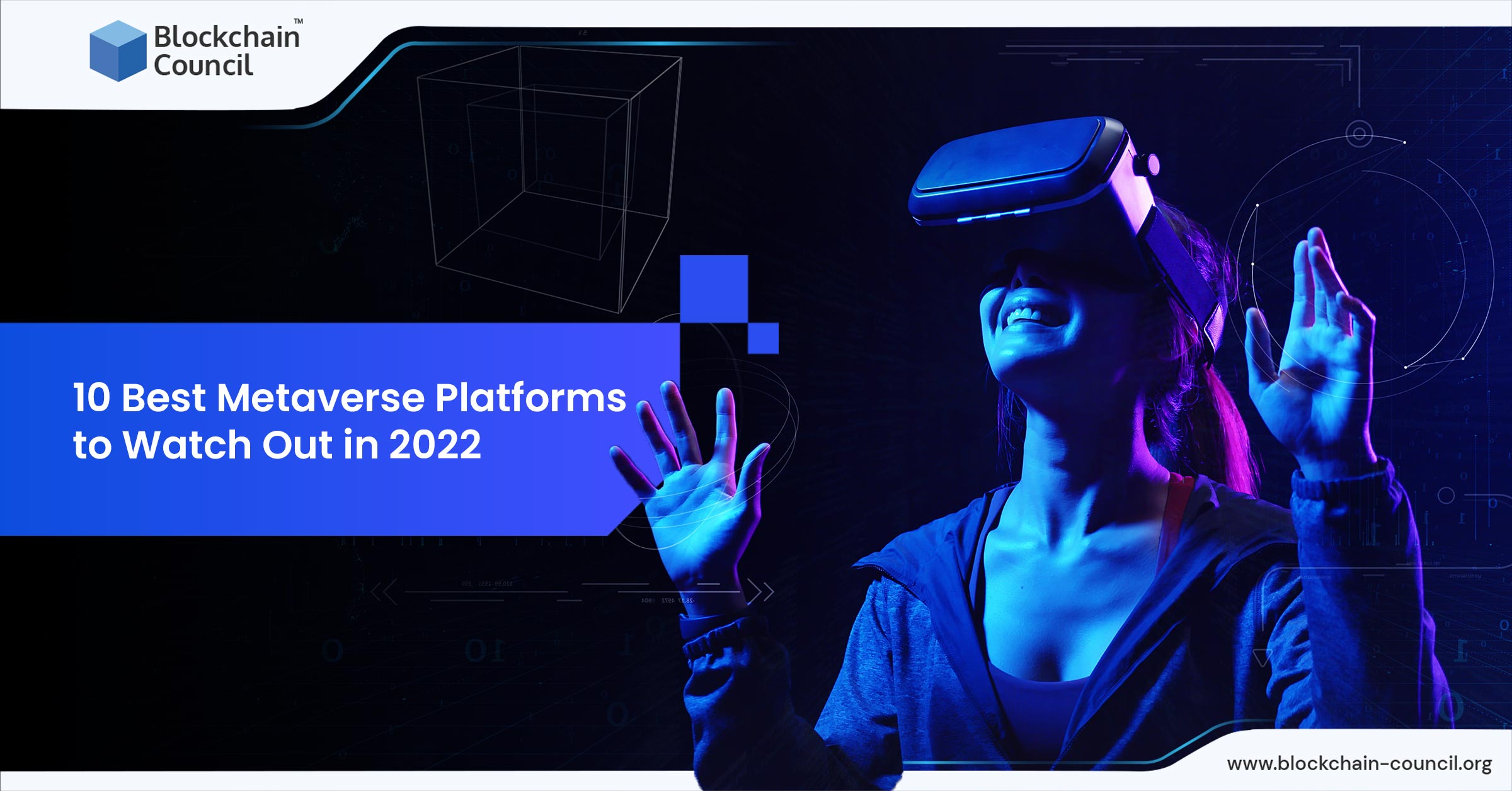
 Guides
Guides News
News Blockchain
Blockchain Cryptocurrency
& Digital Assets
Cryptocurrency
& Digital Assets Web3
Web3 Metaverse & NFTs
Metaverse & NFTs
